Inbox and Environment News: Issue 400
April 7 - 13, 2019: Issue 400
Barrenjoey High School Students To The Rescue At Avalon Beach
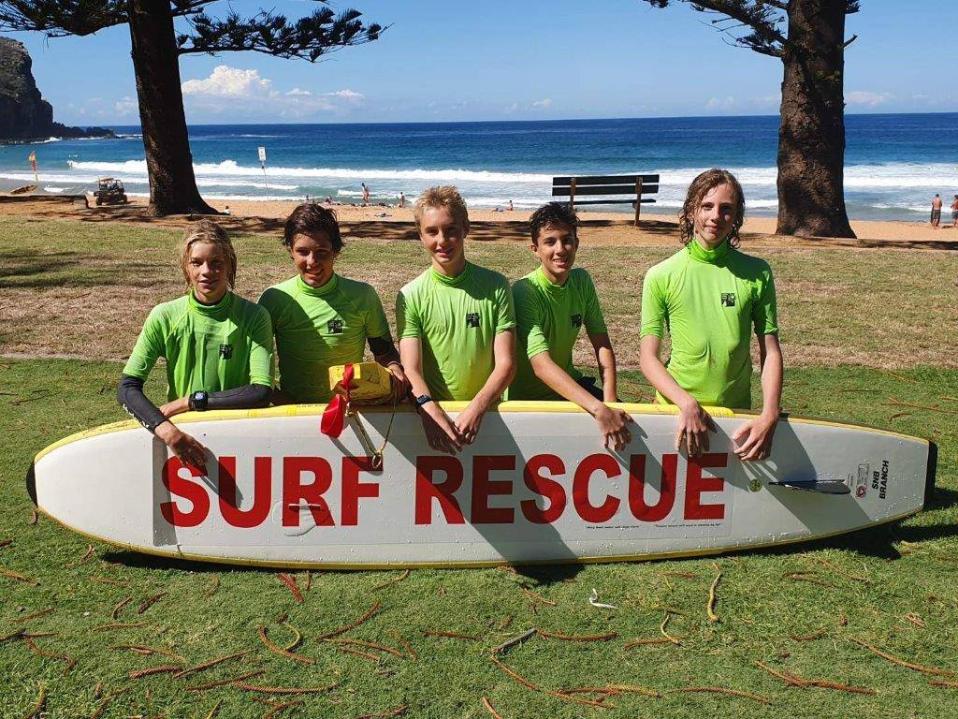
Two students from Barrenjoey High School were heroes on Wednesday this week when they rescued a young boy who got into difficulties in the surf at Avalon Beach.
Five boys from the school were doing their Surf Survival Assessment when they heard cries for help in the water.
Two brothers from Darwin were at the beach with their grandmother. The younger boy, 7, got into trouble about 50m from shore and was in distress, yelling out for help.
Rudy Duke-Yonge fortunately had the rescue tube around him and swam to the boy's aid and held him up until Remy Garner arrived to assist. Remy removed the tube from Rudy and put it around the boy and he was taken safely back to shore.
It certainly turned out to be an eventful day for the boys from Barrenjoey High. Rudy did the course because he just wanted to do something different.
While he was not involved in the rescue, Jacob Cowan told one of the SLS Sydney Northern Beaches instructors Tracey Hare-Boyd that he wants to do the course again in fourth term because he gained so much out of it.
___________________________________________________________________________________________________________
Pittwater Lady Announced As Max Gardner Award Recipient
%20%20%20Photographs%20taken%20by%20Michael%20Mannington..jpg?timestamp=1554497550592)
- Dr Zaklina Kovacevic – Researcher
- Assoc Professor Michael Izard – Radiation Oncologist
- Assoc Professor Celi Vero -Urologist
- Mens’ Night Only
- Speakers on new developments in the treatment of prostate cancer
___________________________________________________________________________________________________________
Lachy Hamilton Album Launch Of 'Alchemy'

Ancient Four-Legged Whale With Otter-Like Features Found Along The Coast Of Peru
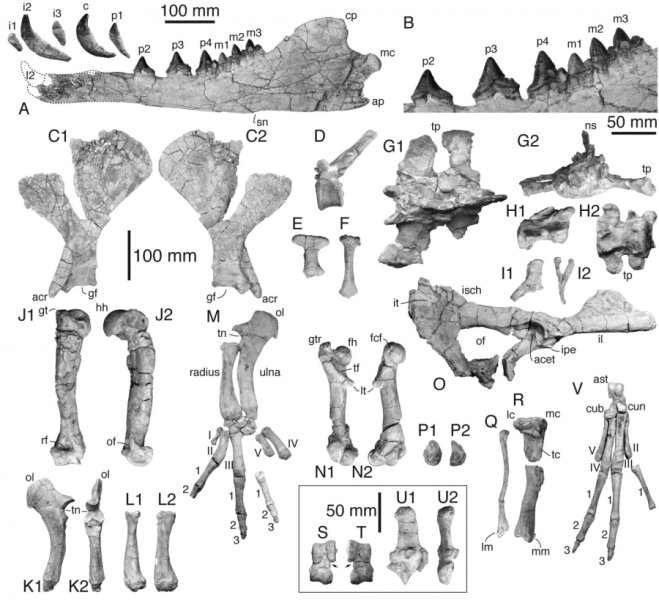
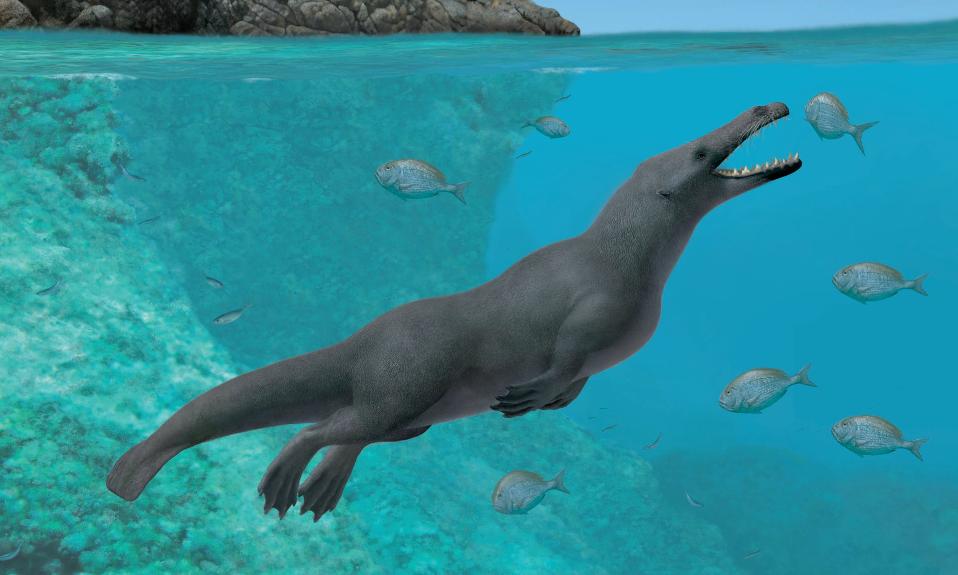
Curious Kids: why do we have fingernails and toenails?

Curious Kids is a series for children. If you have a question you’d like an expert to answer, send it to curiouskids@theconversation.edu.au You might also like the podcast Imagine This, a co-production between ABC KIDS listen and The Conversation, based on Curious Kids.
Why do we have fingernails and toenails? - Jake (age 9) and Ben (age 7), Melbourne.
The reason we have fingernails and toenails is not to pick our noses or to scratch our siblings.
The short answer is we have evolved to have nails because they help us pick things up (like food), pick things off (like bugs), and hold tightly onto things.
Early humans who had these type of nails (instead of claws) tended to live long enough to have babies and pass on the fingernails gene to their kids. So over time, the number of human ancestors with nails grew and the number with claws shrunk. That’s how evolution works.
But the story goes back further than that.
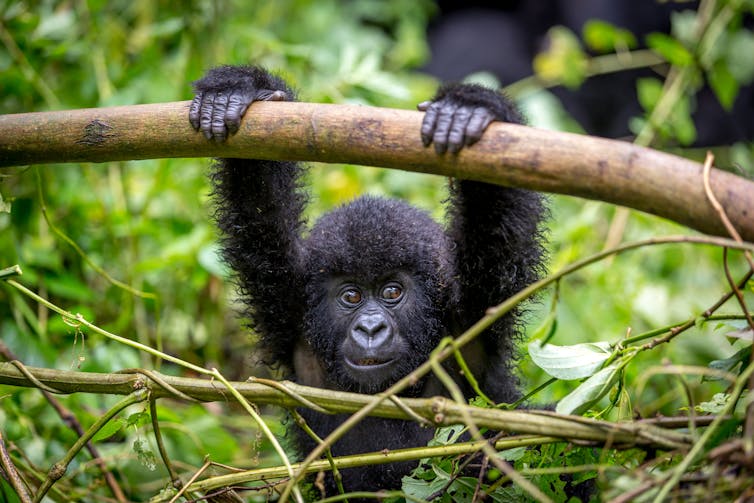
Our Primate Ancestors And Cousins
Humans are members of the primate family. The primates are the most intelligent group of mammals (mammals are animals who do not lay eggs). Primates have evolved to have nails.
That’s why you see primates like apes and monkeys also have nails on all their fingers and toes, as well as our closest primate “cousins”: gibbons, bonobos, chimpanzees, gorillas and orangutans.
While humans don’t usually use our toes these days to pick things up, our primate cousins do. So our toenails are a hangover from a time in our evolutionary past where we often used our feet to pick stuff up and pick stuff off.
All these primates – including us – evolved from a common ancestor that had claws.
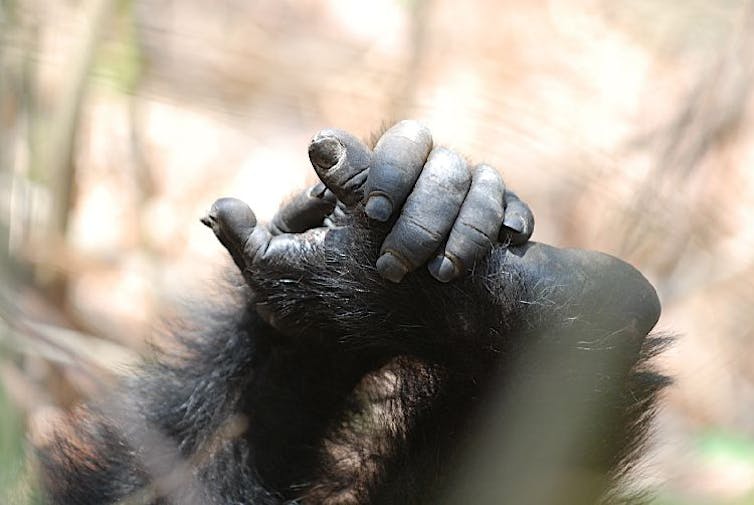
Nails Vs Claws
So why did we evolve to have nails instead of claws? The answer is that nails let us do a lot of important things that you can’t do with claws.
Compare your nails to those of a dog or cat. Your nails are wide, flat and shield-shaped. They are also on the back of the tip of your fingers and toes.
A dog or cat has claws that are thin, curved and pointed. They wrap around the end of their “fingers” and “toes”.

By having nails, you can pick up tiny things like small LEGO bricks off the ground, pick off stickers, or pick a bug off you easily. You can make and use tools. Can a cat do that with its claws? No! In fact, having super-long, clawlike nails can make it really hard to do a lot of things humans need to do – like eating, washing and holding things.
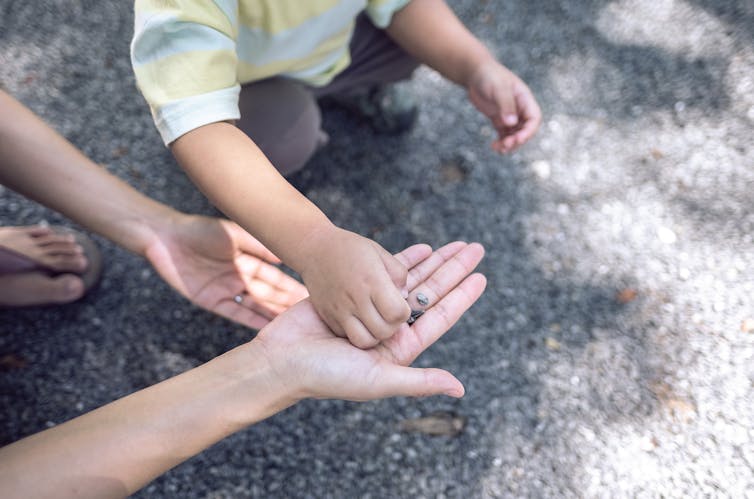
On the other hand, claws are useful for some things that cats and dogs often need to do.
By having claws, your cat can quickly run up a tree (even if it doesn’t have many lower branches) to catch a bird. Plus your dog can dig up your backyard in one afternoon (to find food, for example).
Primates also climb trees but we mostly do it by grasping onto branches, and long claws get in the way when you’re grasping. Nails provide a rigid backing to primates’ fingertips to improve grasping. We dig too, of course, but we use tools for that. You don’t have the same needs as a dog or a cat, so you don’t have the same type of nails or claws.
Each type of animal has evolved to have the type of finger-covering (either claws or nails) that best suits its needs.
Read more: Curious Kids: how do tongues taste food?
What If We Didn’t Have Nails?
Imagine for a moment that humans didn’t have nails. First, a lot of nail salons would go out of business, and we couldn’t enjoy painting our nails lots of different colours.
But more importantly, having a lump of soft skin at the end of our fingers would make it harder to hold things and control our grip on them. The ends of our fingers and toes have changed to match our changed lives.
So next time you’re at the zoo, look at the hands of gibbons, chimpanzees, gorillas and orangutans, and you’ll see they have nails just like yours. Think about all the amazing things we primates can do with nails.

Read more: Curious Kids: is everything really made of molecules?
Hello, curious kids! Have you got a question you’d like an expert to answer? Ask an adult to send your question to curiouskids@theconversation.edu.au

Please tell us your name, age and which city you live in. We won’t be able to answer every question but we will do our best.![]()
Amanda Meyer, Lecturer of Human Anatomy, University of Western Australia
This article is republished from The Conversation under a Creative Commons license. Read the original article.
Anzac Day Schools' Awards

Up Close With Stunning Sacred Kingfisher
April 6th 2019: by BIBY TV
This Sacred Kingfisher (Todiramphus sanctus) was filmed in February 2019 in the Capertee Valley, NSW. It is not clear whether the introductory photo (taken in late January) is the same bird. The kingfisher in the video is almost certainly a juvenile. Note the buff edges to wing-coverts and dark scaling on the breast. Males and females are similar and particularly so when young. However, in good light the wings of adult males usually look bluer than those of the duller green-tinged females. You may notice differences in the underparts of Sacred Kingfishers – that is, buff or quite white – but this has to do with the freshness of the plumage. Worn underparts are whiter.
The second photo reveals a favourite part of this kingfisher’s territory. The ex-farm dam is surrounded by trees and open areas, such as grassland and a large rock garden near a house. But the exact location of the footage is a naturalistic bird bath or pond within the rock zone. Here we see the young kingfisher looking at the water and then the aftermath of a bathing session. Its interest in the water may also be food-related as they occasionally take fish or aquatic invertebrates from garden ponds and waterways. However, their diet mostly consists of insects and small reptiles. Indeed, we have seen this bird grab the latter types of prey from the rock garden and near the dam. Of course, being near a water source expands the food options for this flexible species as water attracts many terrestrial creatures
Wildlife Rehabilitation Sector Strategy Changes
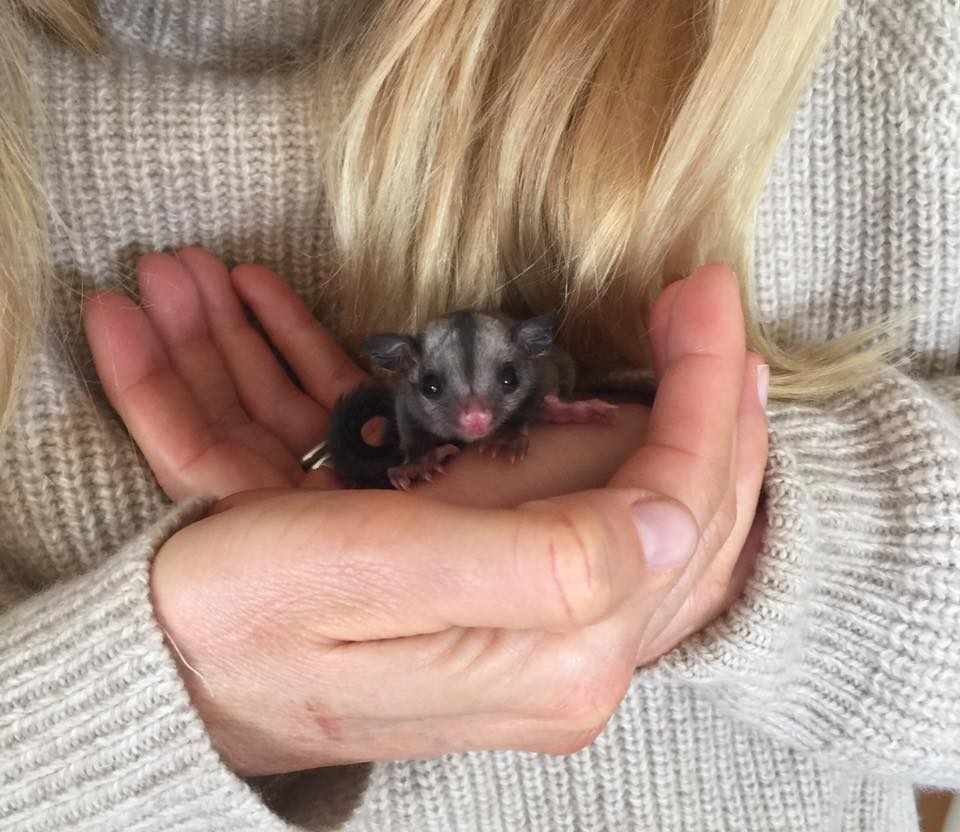
Mackellar Climate Election Candidates Forum

Australia’s 2018 Environmental Scorecard: A Dreadful Year That Demands Action
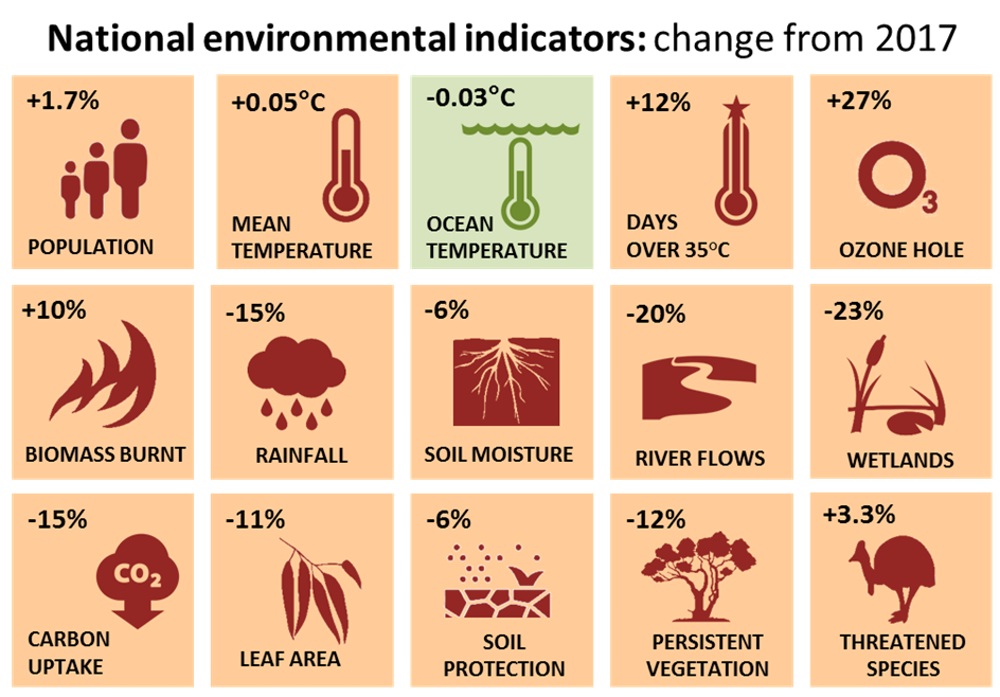
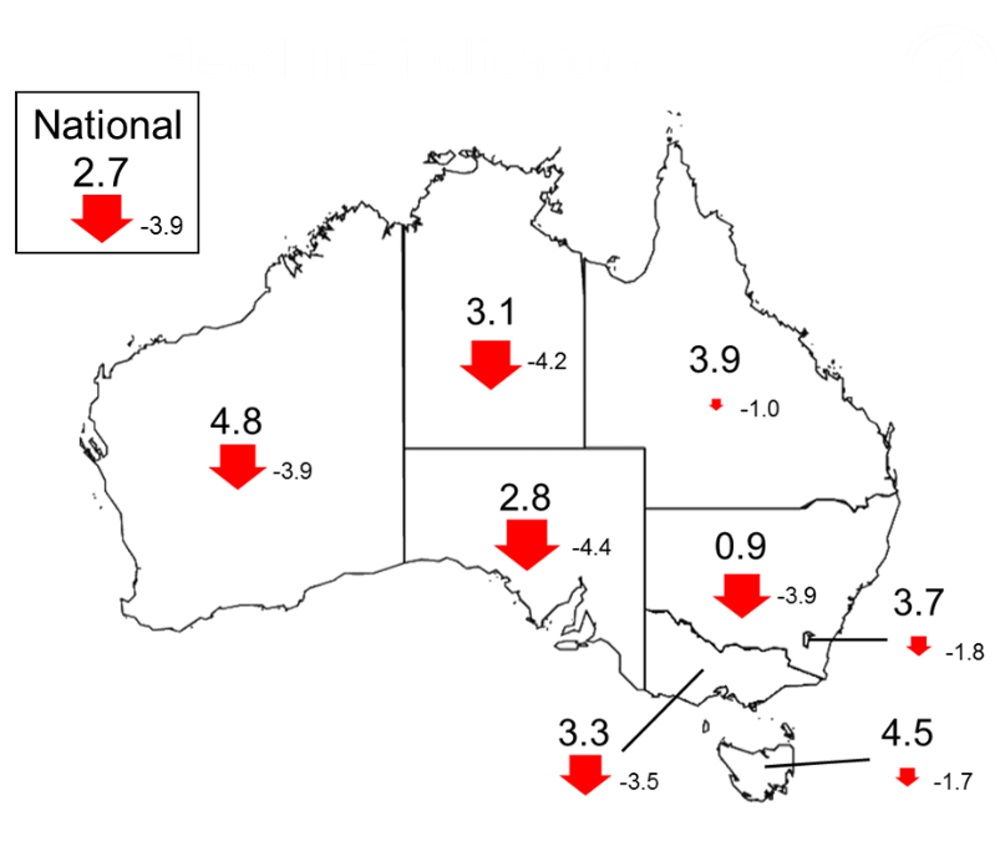
Coalition Downgrades Environment Department Again: NCC
It's Official - Environment & Local Government Ministers Stripped Of All Power
LTG Says New Ministers Must Be Mindful Of Need For Mining Reform And Coal Industry Transition
Abterra Australia Convicted And Fined $180,000 For Failing To Pay Security Deposit
Federal Budget's Funds For Fracking Anger Territory Communities
Are More Aussie Trees Dying Of Drought? Scientists Need Your Help Spotting Dead Trees
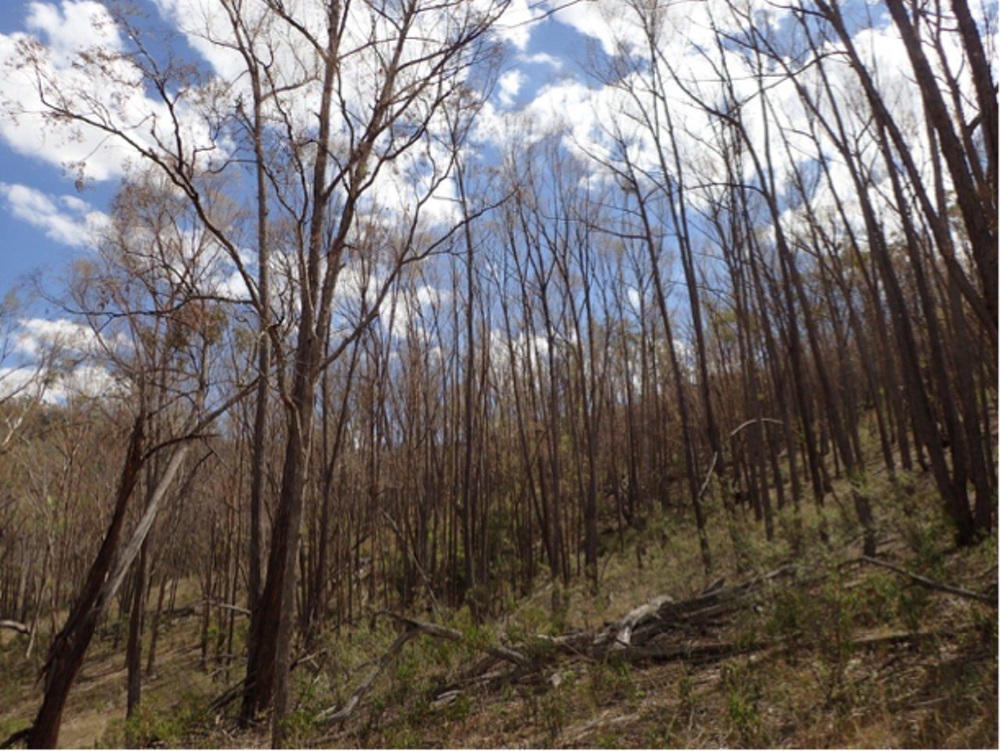
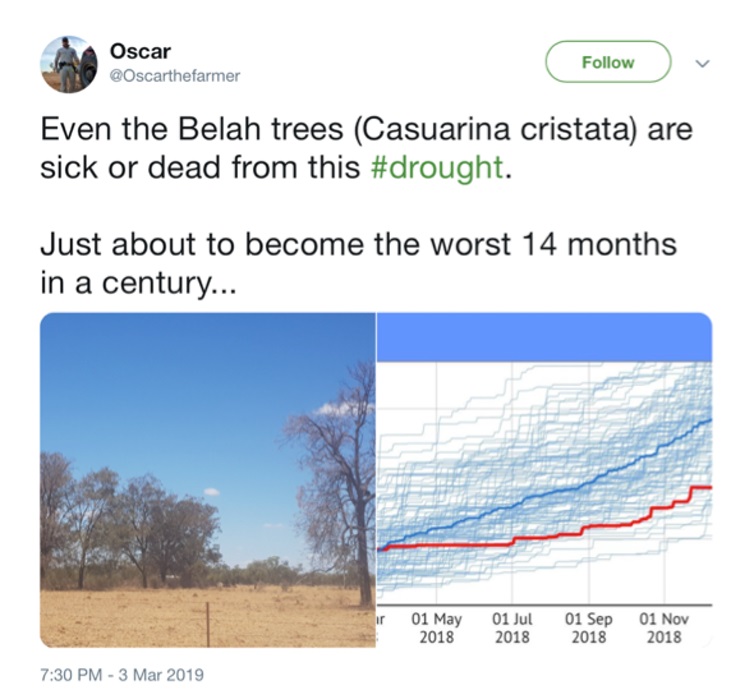
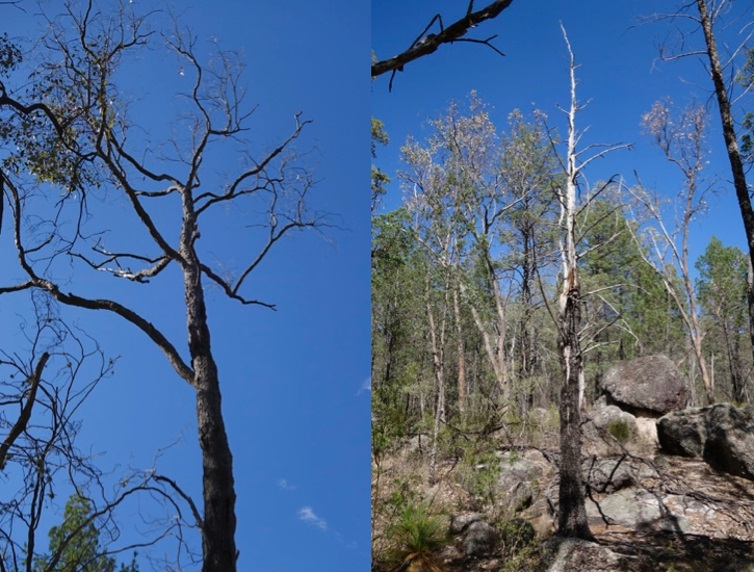
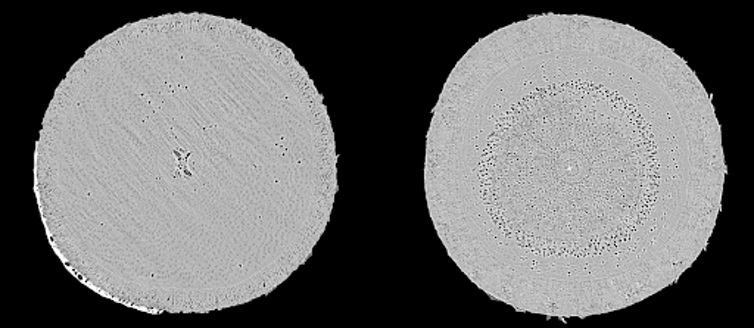
PITTWATER YHA OFFERS FREE BEDS FOR GREEN HEARTS
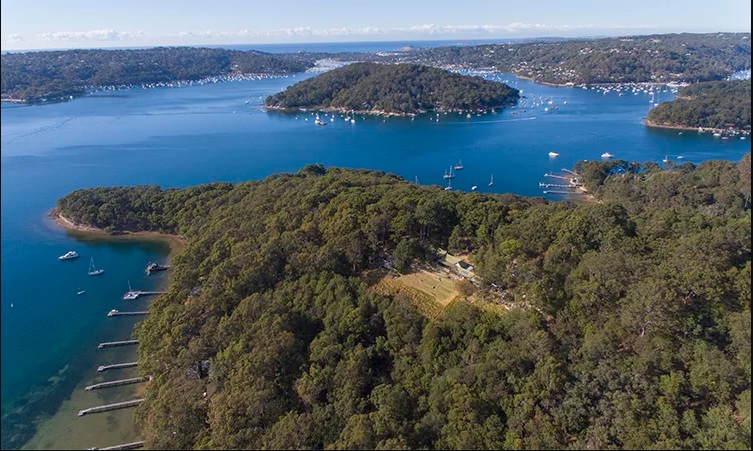
Archie's Pittwater Clean Up
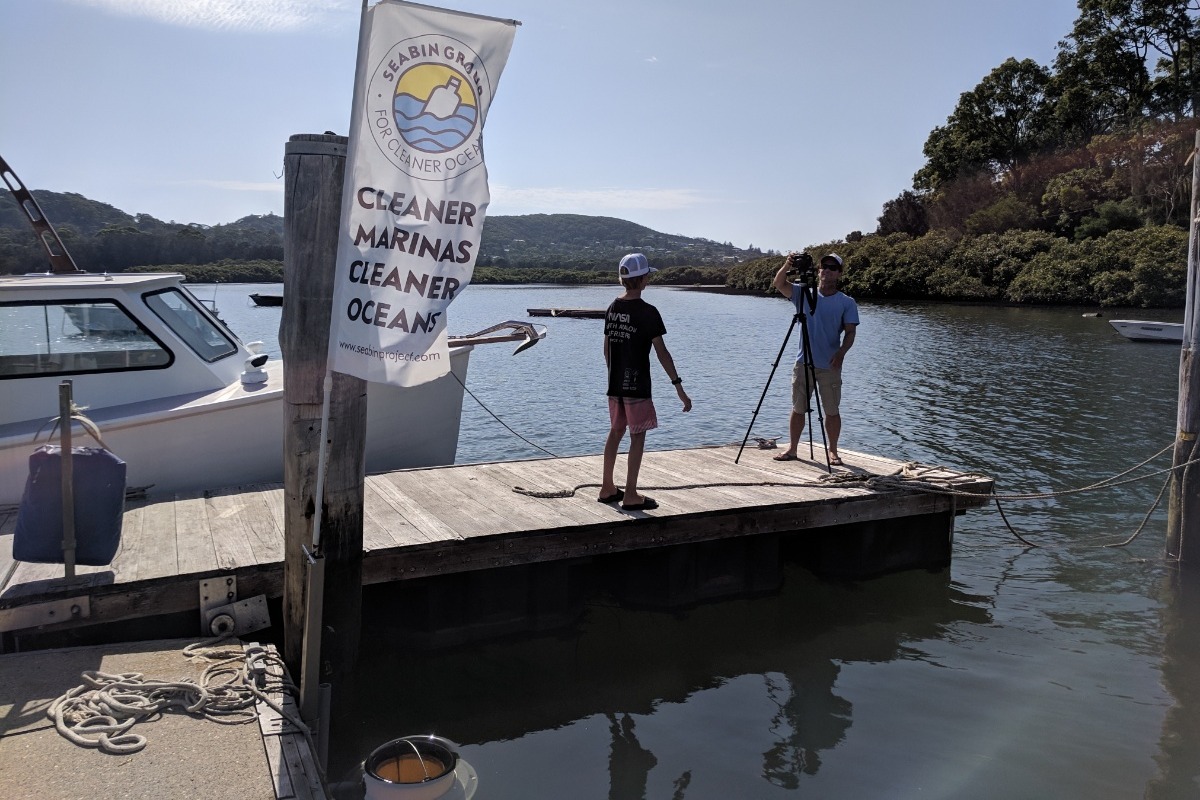
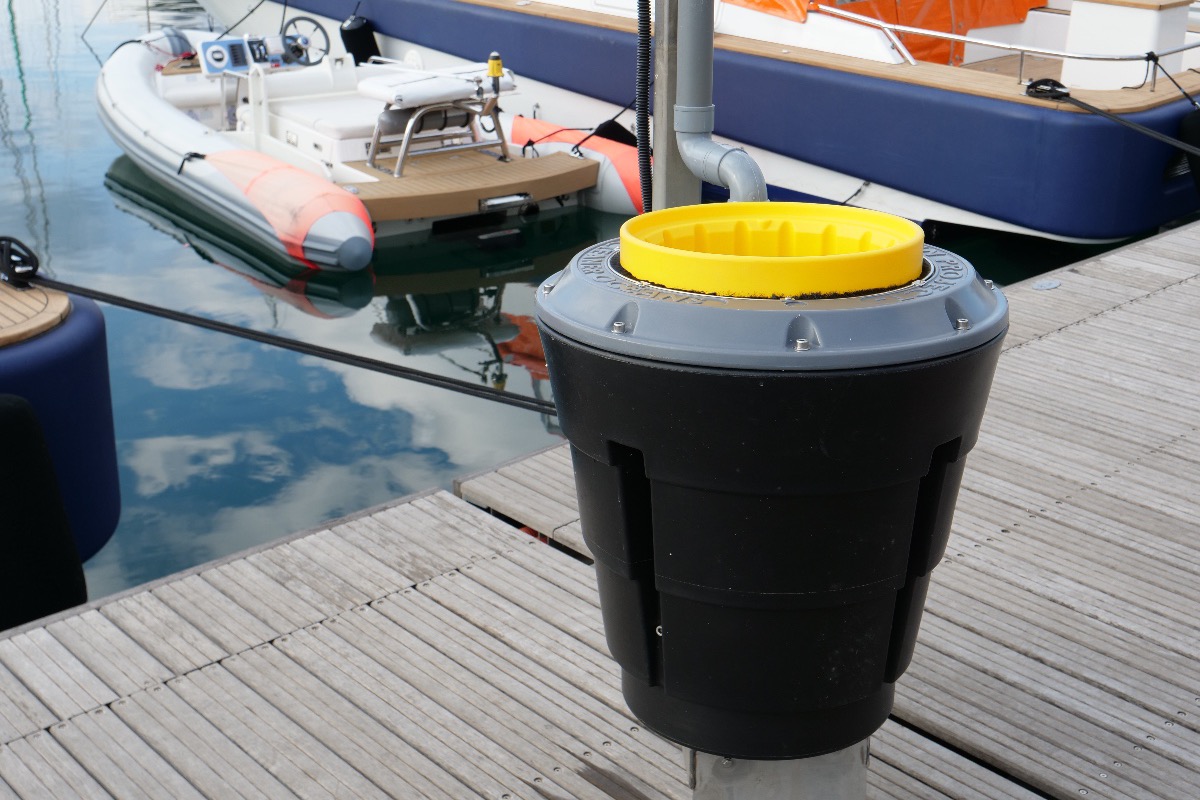
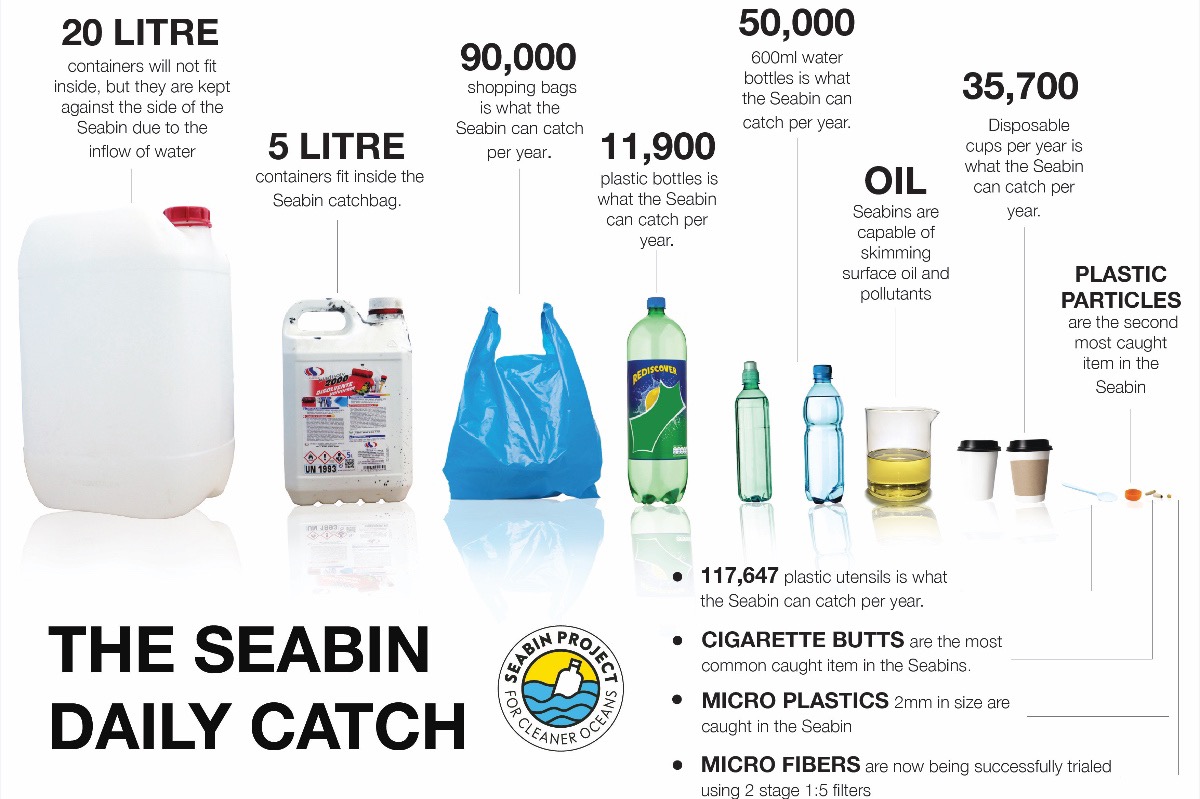
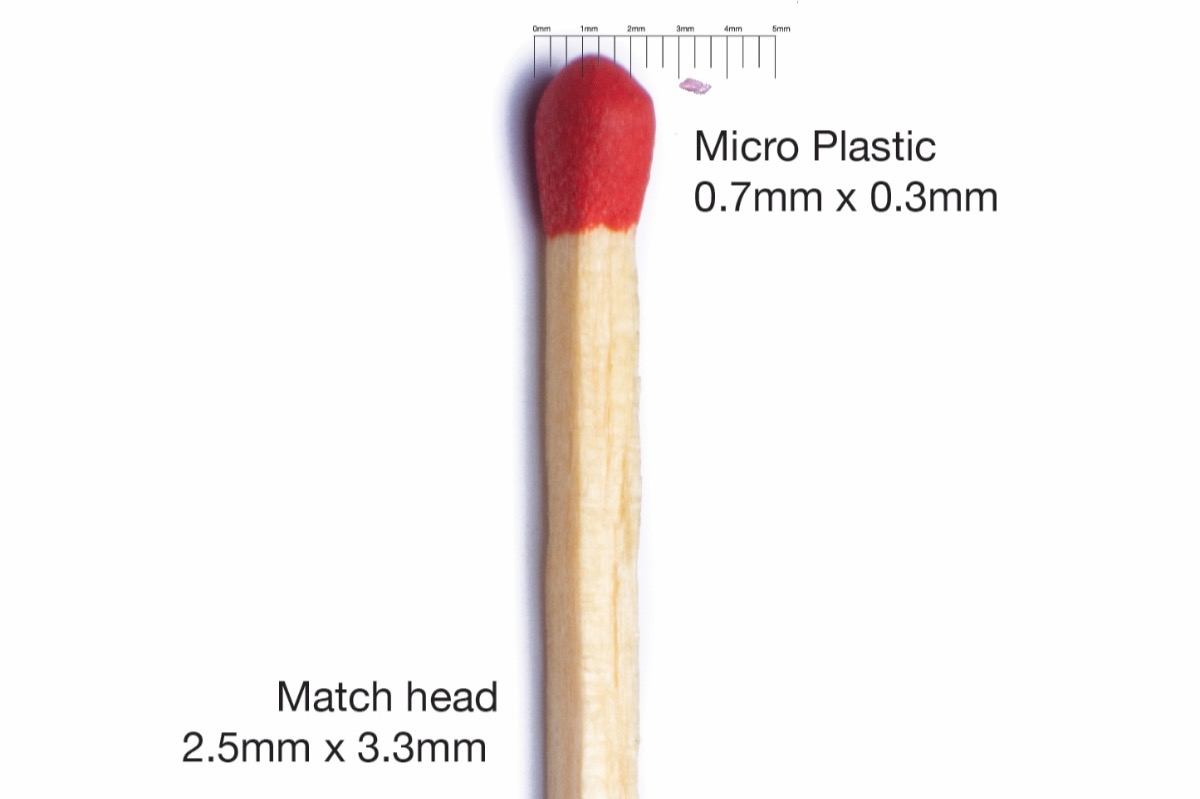

FAQS SHEET
Seabin Project FAQs
Budget A ‘Missed Opportunity’ For Older Australians
The Detail Of The Budget For Seniors
- Dementia (diagnosis, treatment and prevention);
- Fall prevention and avoidable hospitalisations;
- Assistive technology to support independence.
- $331 million over five years for new and amended listings on the Pharmaceutical Benefits Scheme (PBS);
- $7 million upgrade to Fraser Coast Hospice Facility;
- Establishment of a new Medicare heart check item.
- An immediate boost of $320 million for the subsidy provided to people in residential care, which will provide an extra $1,800 per resident per year to assist providers to meet their care needs.
- $8.4 million over five years to make participation in the National Aged Care Quality Indicator Program mandatory. National Seniors called for this and strongly welcomes efforts to improve safety and quality of care.
- $4.6 million over two years to develop a new funding tool to replace the Aged Care Funding Instrument.
- 15% increase in the home care supplement paid for dementia sufferers and veterans.
- A new compliance program for home care;
- A business advisory tool for aged care providers;
- New risk-based compliance and information sharing systems;
- Improved payment administration arrangements for home care packages for unspent funds;
- Funding to address the use of chemical restraints and the inappropriate use of antibiotics in residential aged care;
- Ongoing implementation of the Aged Care Workforce Strategy; and
- Preparatory work for a new Serious Incident Response Scheme in residential care from July 2022.
- Establishment of a national institute to improve career advice and information for jobseekers.
- $62.4 million over four years to improve workers’ basic language, literacy, numeracy and digital skills.
- The continuation of several employment programs for mature age workers including:
- The Career Transition Assistance program, to assist people aged 50 and over, will be rolled out nationally from 1 July 2019 (one year ahead of schedule) and will include 45 to 49-year-olds.
- The $10,000 Restart subsidy for employers hiring people aged over 50 and the Entrepreneurship Facilitator program to support older people starting a business.
- The Low Income Tax Offset (LITO) will increase from 1 July 2022 from $645 to $700. In addition, the upper threshold to receive the full LITO will increase slightly to $37,500 and the upper threshold at which the LITO will be withdrawn will be a taxable income of $66,667.
- Workers will also have to wait until 1 July 2022 for the threshold for the 19% tax bracket to move up from $41,000 to $45,000.
- On 1 July 2024, the 37% tax bracket will be abolished, and the 32.5% bracket lowered to 30%, resulting in about 95% of taxpayers paying a maximum of 30% income tax in the future.
- Setting up an industry-funded compensation scheme of last resort;
- Funding to the Australian Financial Complaints Authority to establish a historical redress scheme;
- Providing compensation owed to consumers and small businesses from unpaid dispute determinations;
- Resourcing the Australian Securities and Investments Commission (ASIC) for better enforcement;
- Resourcing the Australian Prudential Regulation Authority (APRA) for better supervision and enforcement;
- Establishing an independent financial regulator to provide oversight authority for ASIC and APRA;
- Undertaking a capability review of APRA;
- Establishing a Financial Services Reform Implementation Taskforce; and
- Provision of additional funding for the Office of Parliamentary Counsel.
$1m Grant To Get Older Australians Moving
Scientists Explore Causes Of Biodiversity In Perching Birds
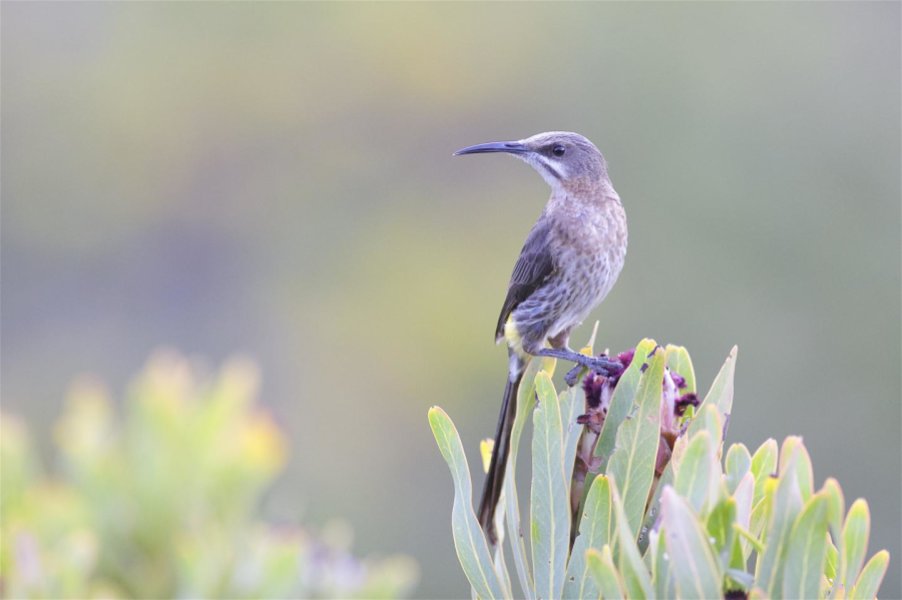
Sea Snakes Make Record-Setting Deep Dives
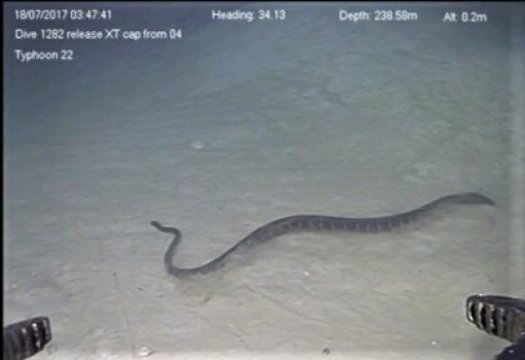
Prostate Cancer Incidence And Mortality Have Declined In Most Countries
Mass Drug Administration Reduces Scabies Cases By 90% In Solomon Islands' Communities
Disclaimer: These articles are not intended to provide medical advice, diagnosis or treatment. Views expressed here do not necessarily reflect those of Pittwater Online News or its staff.